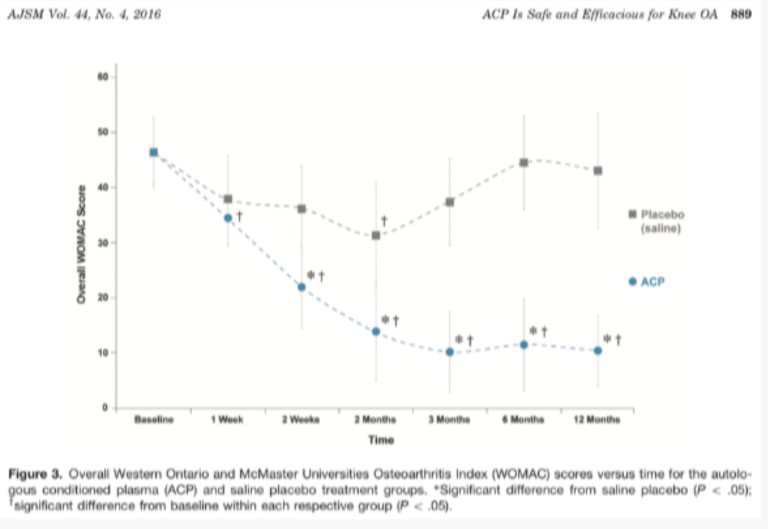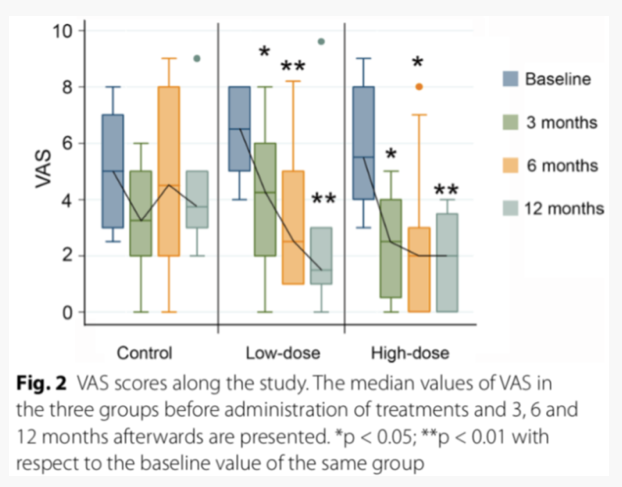- info@irosm.com
- 3333 West Commercial Blvd , Ste 101 Fort Lauderdale , Fl, 33309
(954) 751 6990
Knee Ligaments provides stability and support to the knee. It provides us with the ability to pivot, turn and do activities of daily living, including sports.
Knee Ligaments can be injured after an acute traumatic event or can be injured with overuse activity like running, jumping or bending down. When the ligaments of the knee are injured, they should not be ignored as it typically leads to worsening knee pain and function.
Some of the most common knee ligament injured are the ACL, MCL, LCL, PCL. If you suffer a knee ligament injury, a detailed physical examination by a specialist is always recommend, sometimes X-rays, MRI or Ultrasound might be used to help make the diagnosis possible.
Depending on the severity of the knee ligament injury, treatment will vary from rest to surgical repair.
Degenerative arthritis also referred to Osteoarthritis of the knee is a painful, sometimes debilitating inflammation at the site where the thigh and leg bones meet. This disease also referred to as Osteoarthritis of the Knee, is a cumulative effect of the ongoing deterioration of the cartilage between these bones.
Arthritis is extremely common, affecting 27 million in the US and is the single largest cause of disability in the elderly population. There is no cure for it and treatment is aimed to reduce the symptoms and slow down the progression of the disease.
Treatment for arthritis usually consist of modalities to reduce the inflammation, improve the muscles strength around the knee, injections of steroids or viscosupplementation/gel injections. When traditional conservative therapy fails to provide relief, total knee replacement is recommended.

In the last couple of years, PRP and Mesenchymal Stem Cells have been shown through extensive research to be a great treatment option in decreasing pain and improving patients’ functions, providing another alterative to Knee Replacement.
In our practice , we have seen similar results as those described by Dr. Smith in his FDA regulated study which showed close to 80% improvement when patient where injected with a particular type of PRP (FDA study reference).
It is important to note that some PRP preparation have actually showed to be harmful to the knee and not helped arthritis. We now know that not all PRP are created equal. Here Dr. Gonzalez explains the different types of PRP.
Recent studies with over 1420 patient showed that PRP was a safer and better options that other injections like saline , HA, ozone, and corticosteroids and provides patient with another option before knee replacement.
Although Mesenchymal Stem cell are new procedures and there is still a lot of research that must be done to fully understand how to use these cells. We have seen very promising results and positive outcomes both in general studies as well as in our practice. We have seen similar outcomes as those reported by a recent study of over 55 patients in 7 different facilities, where they showed evidence of meniscus regeneration and improvement in knee pain and function following treatment with human bone marrow mesenchymal stem cells. (Mesenchymal Cells test results)
We have also demonstrated that Mesenchymal Stem Cell injection are a superior injection when compared to other injections like steroids and gel injections.

Straining the front muscles of the thigh (quadriceps) or the back muscles (Hamstrings) is a result of a tear in the fibers within the muscle or tendon. There are varying degrees of quadriceps/hamstring strain, identified by three levels of severity. Muscle tears that fail to heal can be addressed successfully with Platelet Rich Plasma (PRP) therapy or mesenchymal stem cell treatment.
This form of therapy isolates and activates Growth Factors from Platelets of a patient’s bloodstream. They can then serve as a natural Growth Factor treatment of one’s own body.
Patellar tendonitis and patellar tendinosis differ by the degree of inflammation present. Tendonitis presents with more inflammation of the tendon around the patellar joint, whereas tendinosis is primarily the tearing and failure to heal the ligament. Both conditions are associated with ongoing pain in the knee area. Sometimes the disorders are referred to as “jumper’s knee”. These conditions are often caused by overuse injuries, which fail to properly heal. Tearing, degeneration, and subsequent inflammation is how the disease progresses in most patients.
Orthobiologics Therapy can provide significant relief from this painful condition and provide patients with another option besides open surgery.

Call : (954) 751 6990
info@irosm.com